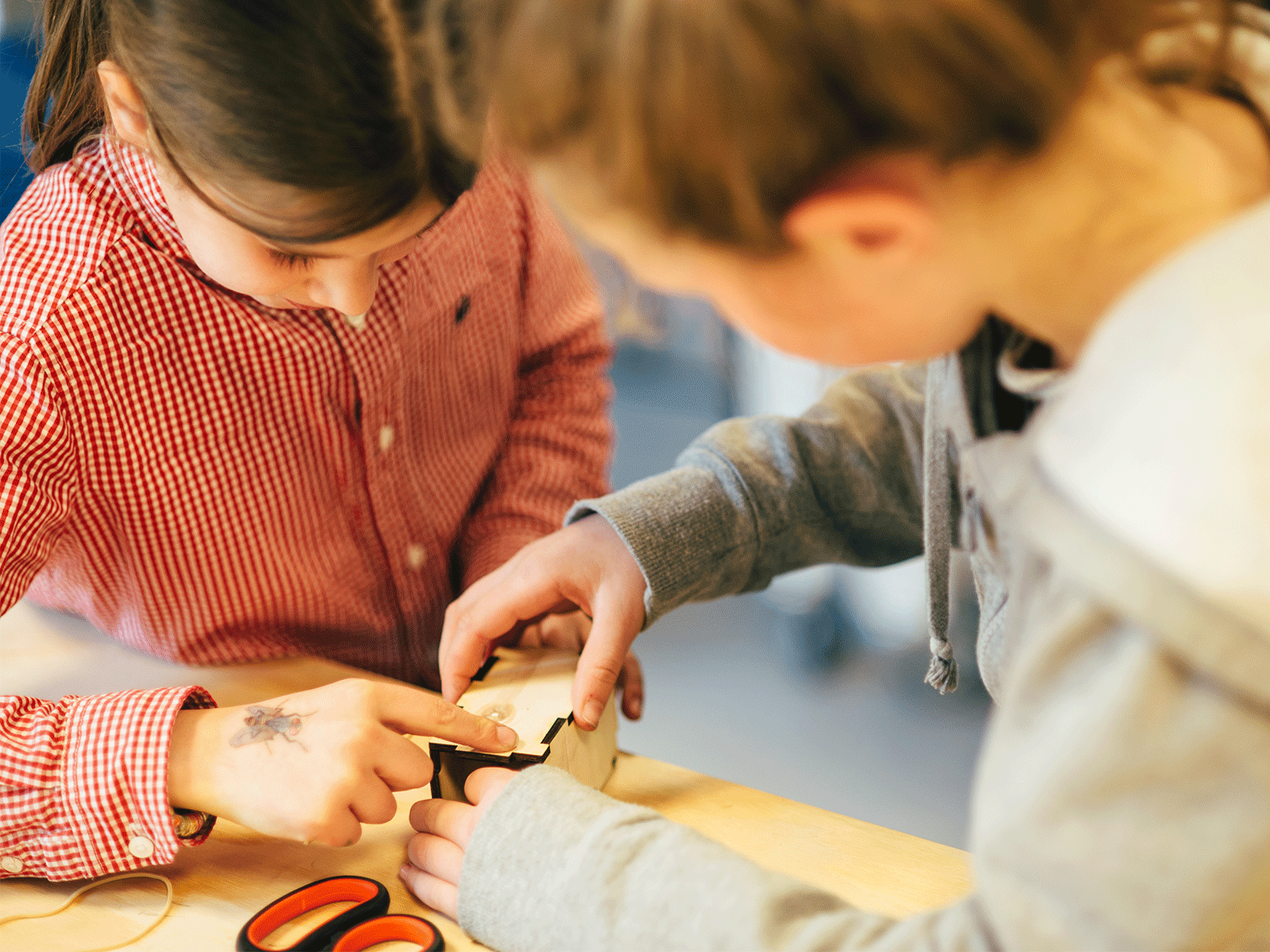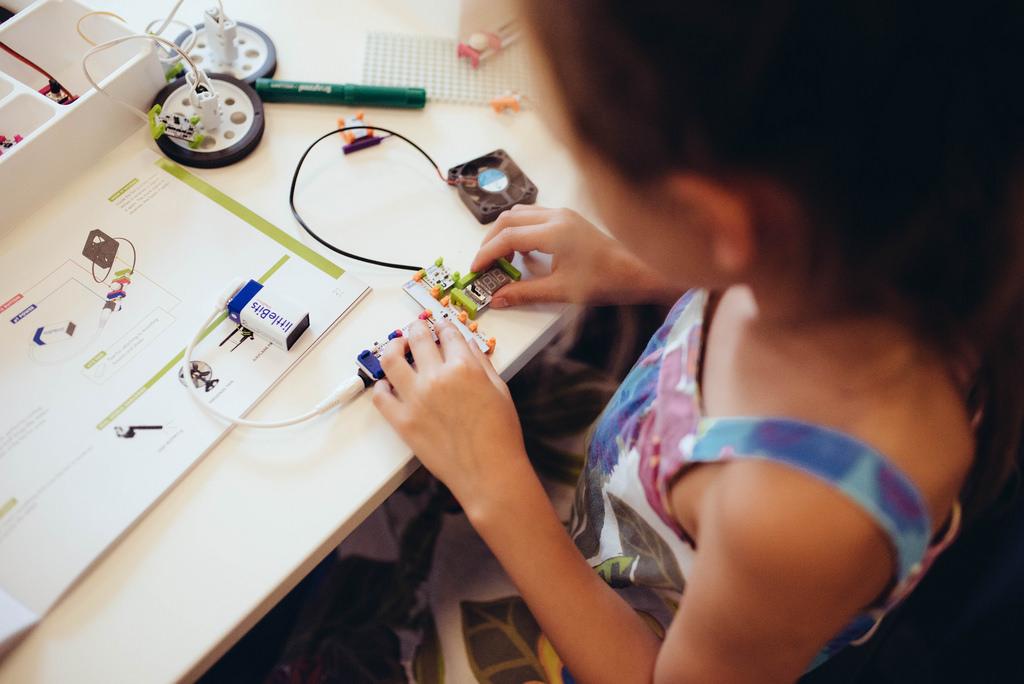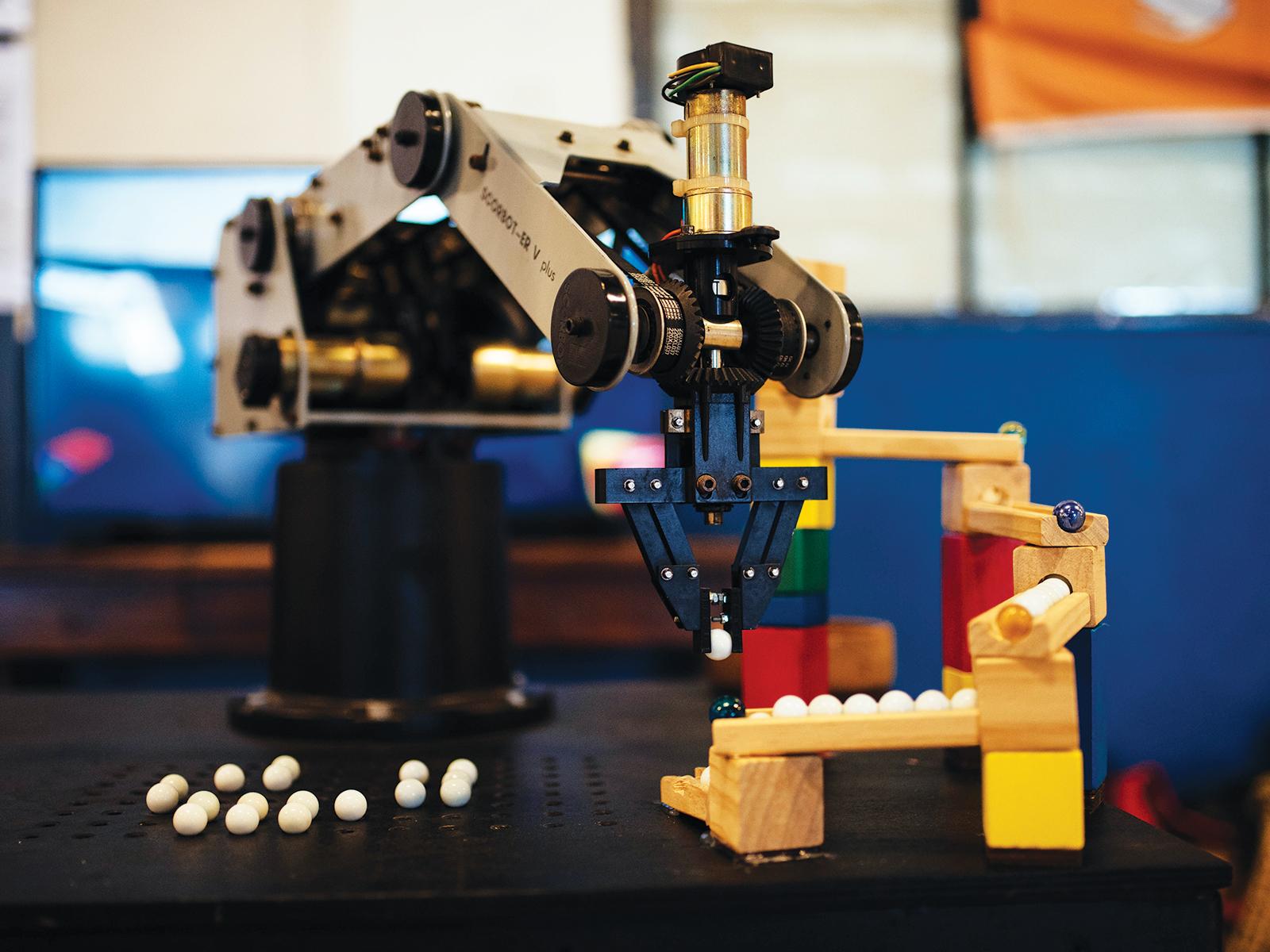DO IT is working co-creatively with children in makerspaces across Europe to equip them with the technologies, social awareness, collaboration, and confidence that can help them realise their own creative ideas. In this blog I share insights and recommendations after the first round of workshop series.
Partners in 10 countries just finished the first of two project phases. Local students, teachers, makers, and entrepreneurs came together to identify themes that were relevant to their community. For example, in Amsterdam we developed a workshop series around waste management and the reuse of material. The children were introduced to a variety of new technology as they built prototypes of their ideas to tackle these local challenges.
Following this first phase, project partners now have a series of recommendations and insights that they will take into the next round of 'DO IT Actions':
Engaging young makers
Making entrepreneurship relevant for the younger age group (6 - 10 years) was a difficult task. For example, it is difficult to discuss what would be needed to scale up their prototype. (Young) learners have little knowledge about production methods, what kinds of jobs would be needed, and they do not have the math skills to make estimations about costs. Presenting their work to others does work well with this age group. By presenting the prototype (and also the process to make the prototype), the children practiced storytelling as they explained their product’s relevance with regard to others and to society.
Skills vs. knowledge
We see confirmation that the DO IT approach fits the target group: it works better to focus on entrepreneurial attitudes ("I can do this") and skills (teamwork, creativity), rather than entrepreneurial knowledge (economic literacy). This also involves using certain words that fit better with DO IT concept; for example 'storytelling' instead of 'pitching', and 'community' instead of 'clients'. Under this consideration, entrepreneurship can be considered beyond profit, and can be more about activism, hacking, or social impact.
Local challenges
The topics of the DO IT Actions are based on the Sustainable Development Goals. These big societal problems can be a bit abstract and seem far away. Partners have tried to make this relevant for the children by framing the problems in a local context: what does waste mean in your neighbourhood? How can you improve health in school or how can your house become more sustainable? In the next phase, we will explore further how we can help children look at their personal situation and relate it to potential experiences of other people by asking questions that encourage exploration in this direction: Who else could benefit from my idea or prototype? How could I improve it so that it can help other people with a similar problem?
Facilitators tips
Facilitators that are experienced makers, might not (yet) have the pedagogical skills to guide a group of children through a design process, and experienced teachers with little technical background can get stuck in the technology which can also disturb the flow of the DO IT programmes. Pilot partners have gathered the following tips to help facilitate maker education:
- Children love to deconstruct and dismantle used devices and electronics. There is an astonishing dynamic between 'rebellion and curiosity', which leads people to want to 'open the black box'.
- Do not be afraid of phases of chaos.
- Give limitations: structure materials, or make a stocklist beforehand, rather than leaving participants totally free to develop their own directions and assignments.
- Focus on more the process and less on the end-result.
- Do not be afraid to not have all answers and knowledge, and go on a learning adventure with children.
- Start with a small success experience and build upon that to gradually engage in more complex projects.
Role models
Peers (high school students) as facilitators can be very inspiring. Peers were seen as role models; by seeing that someone of their generation can already be an entrepreneurial social innovator, the learners got the confidence and realisation that they can become this themselves.
More about DO IT?
Some text in this blog comes from DO IT project deliverable D4.2. Explore the DO IT toolbox, with methods and tools to help with your own social innovation project.


